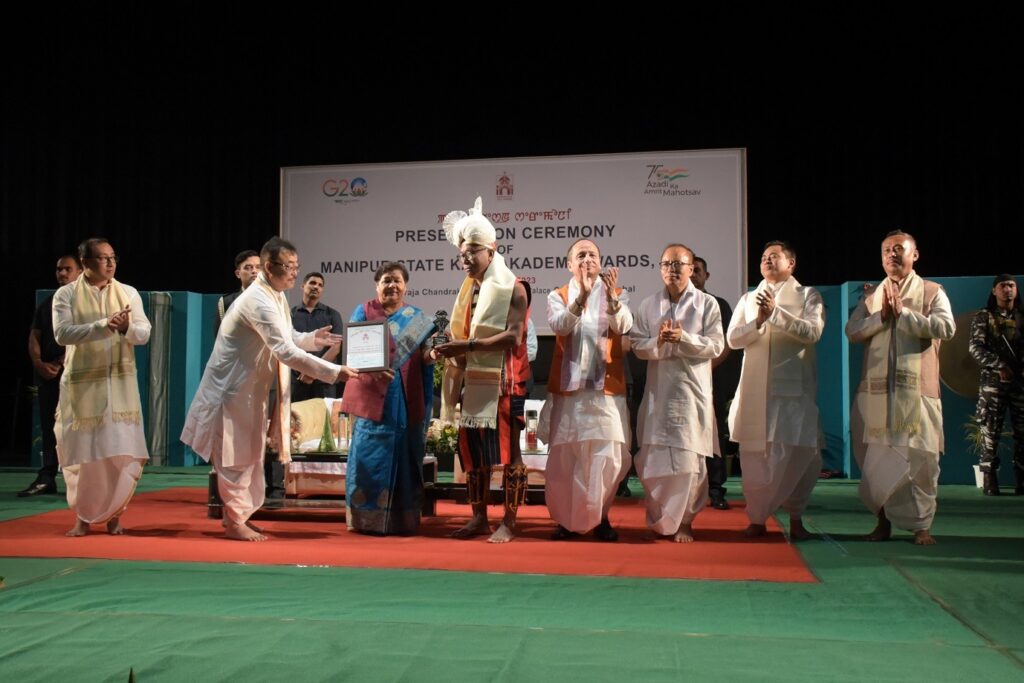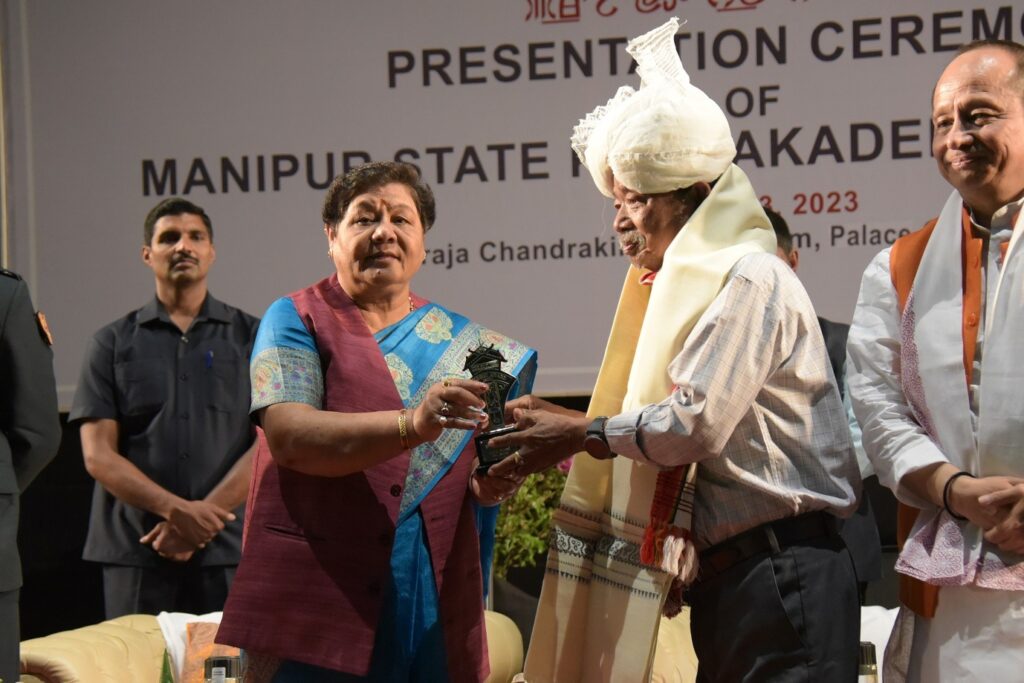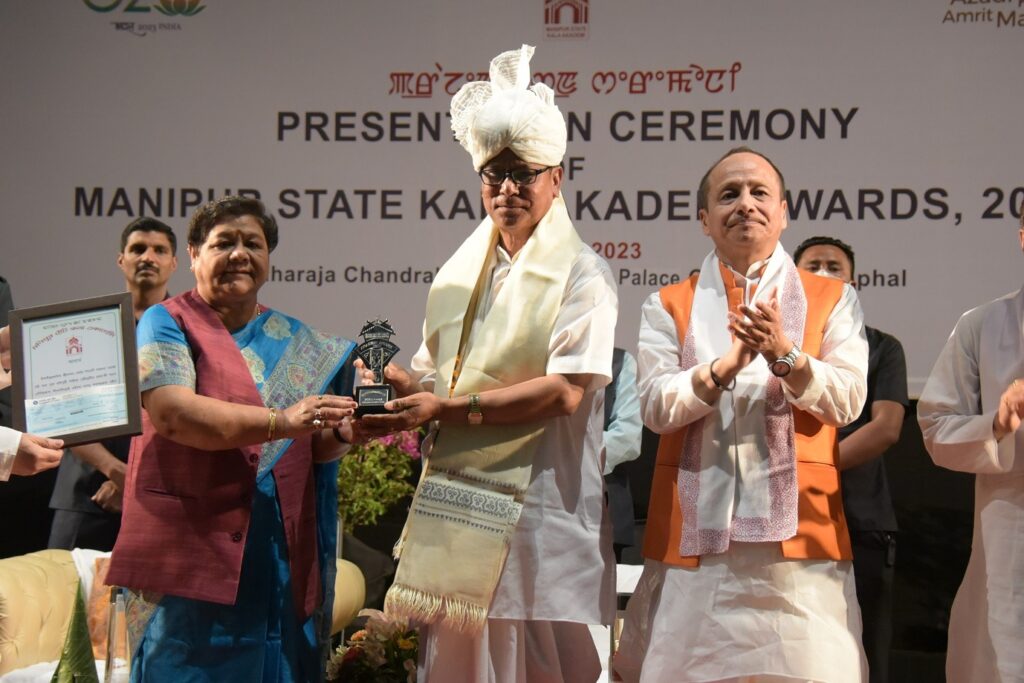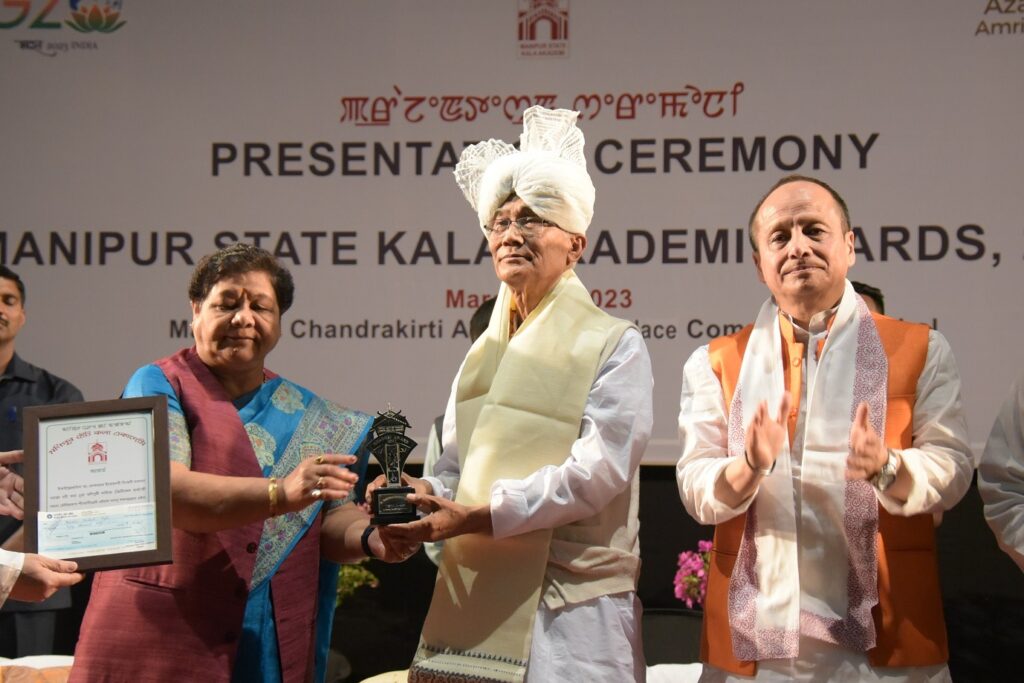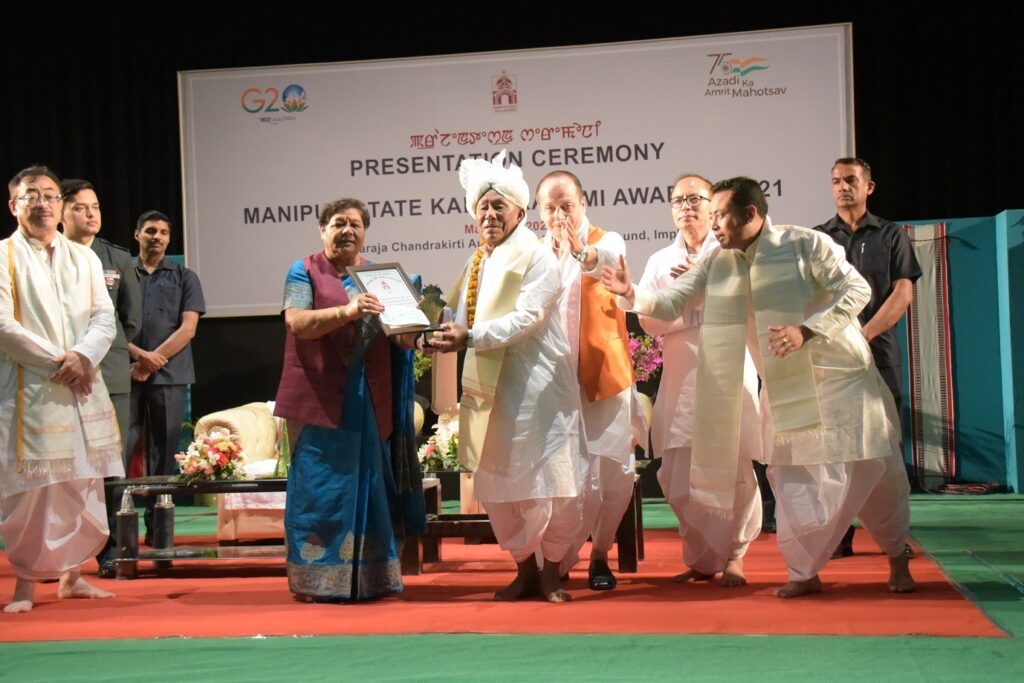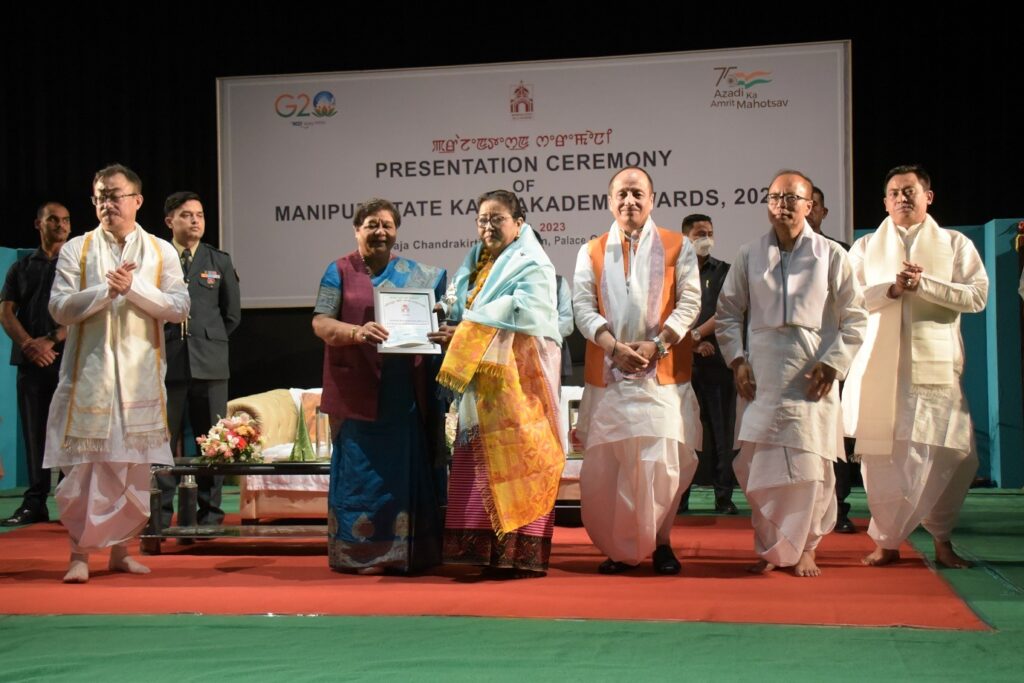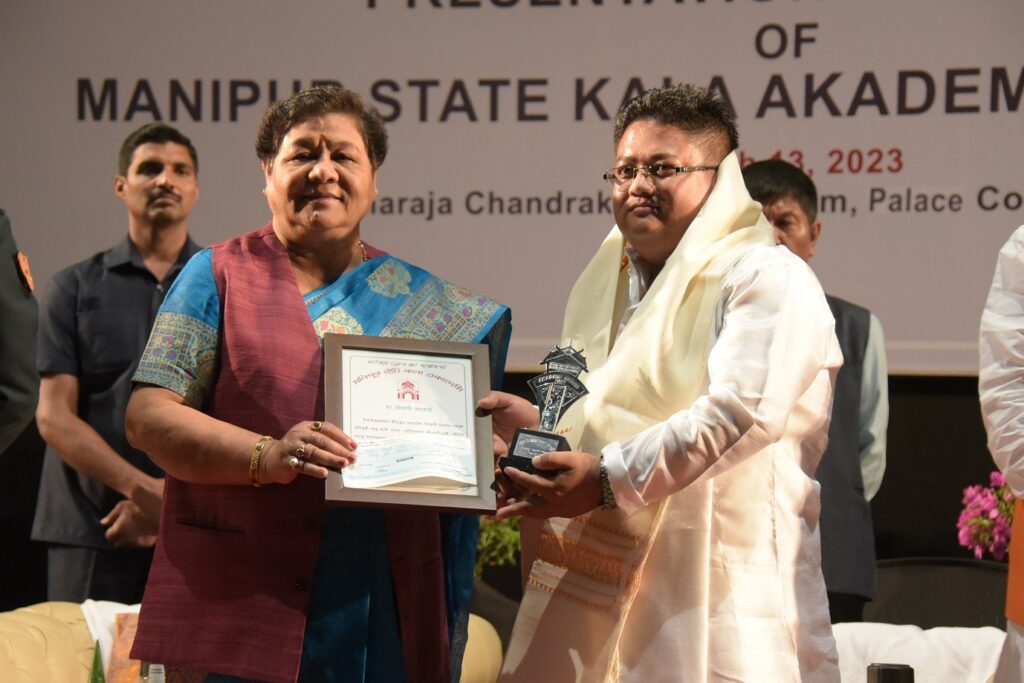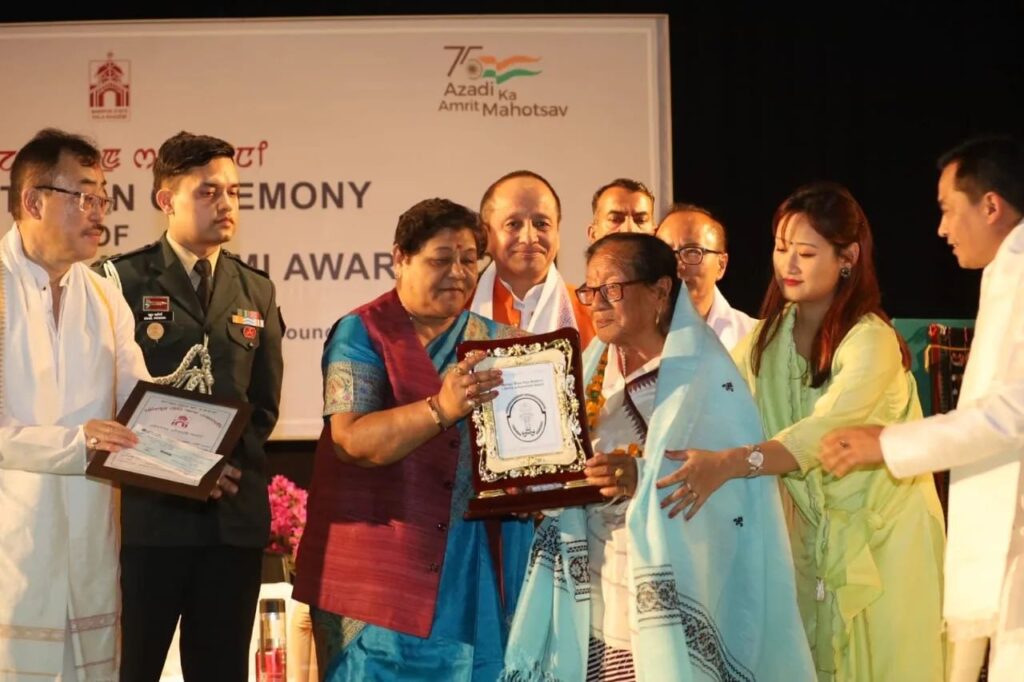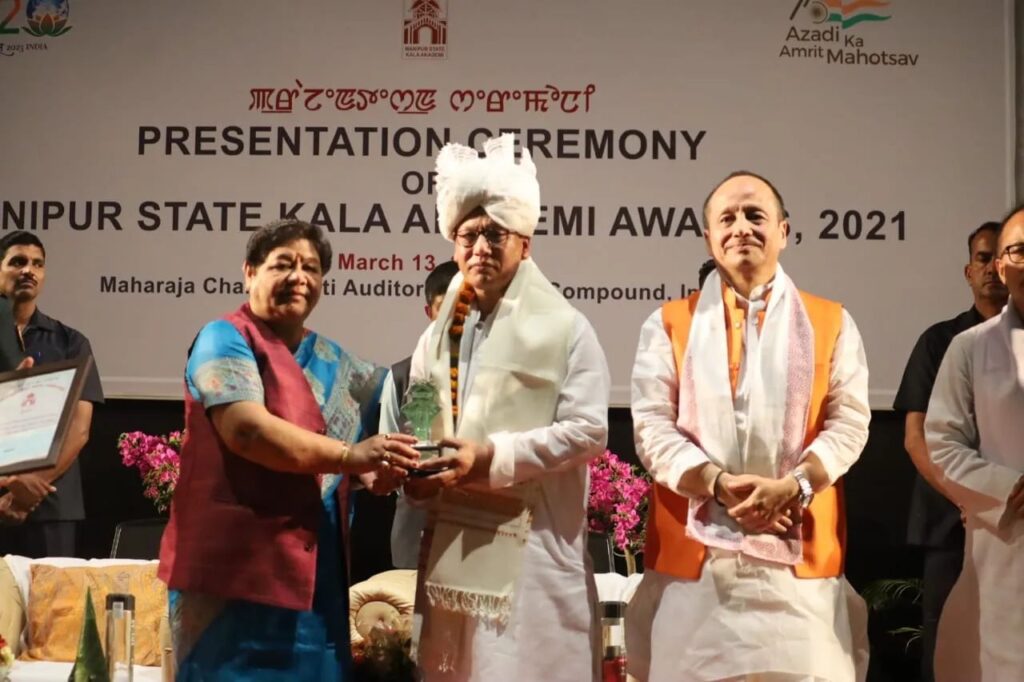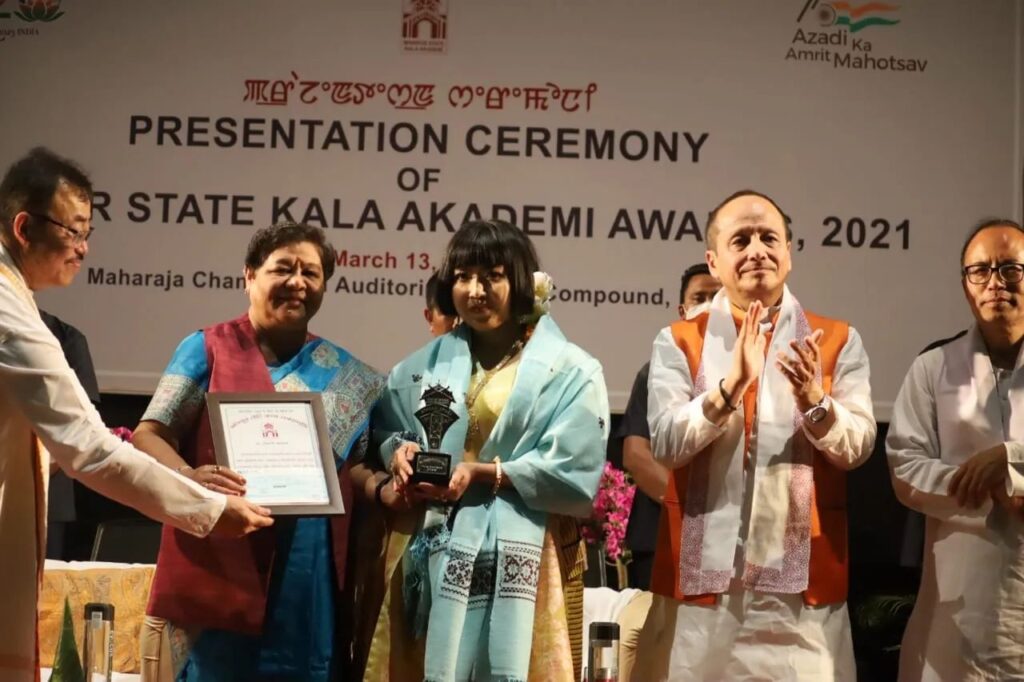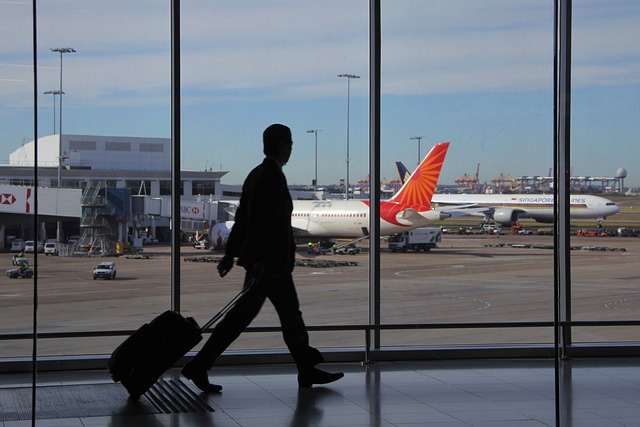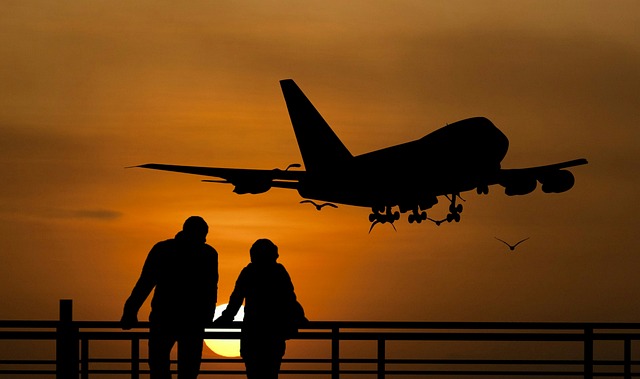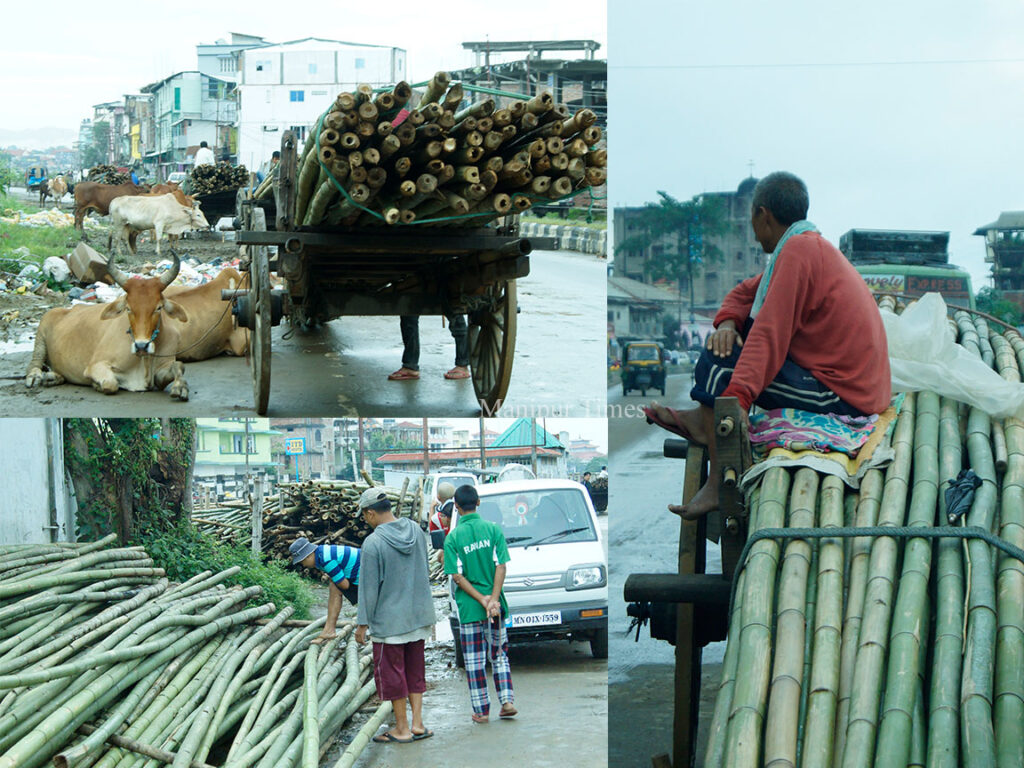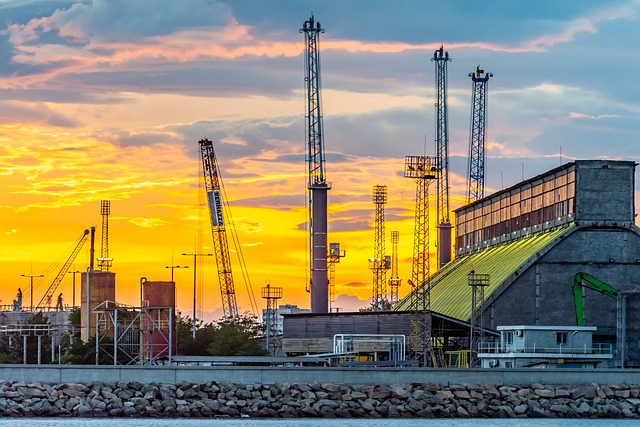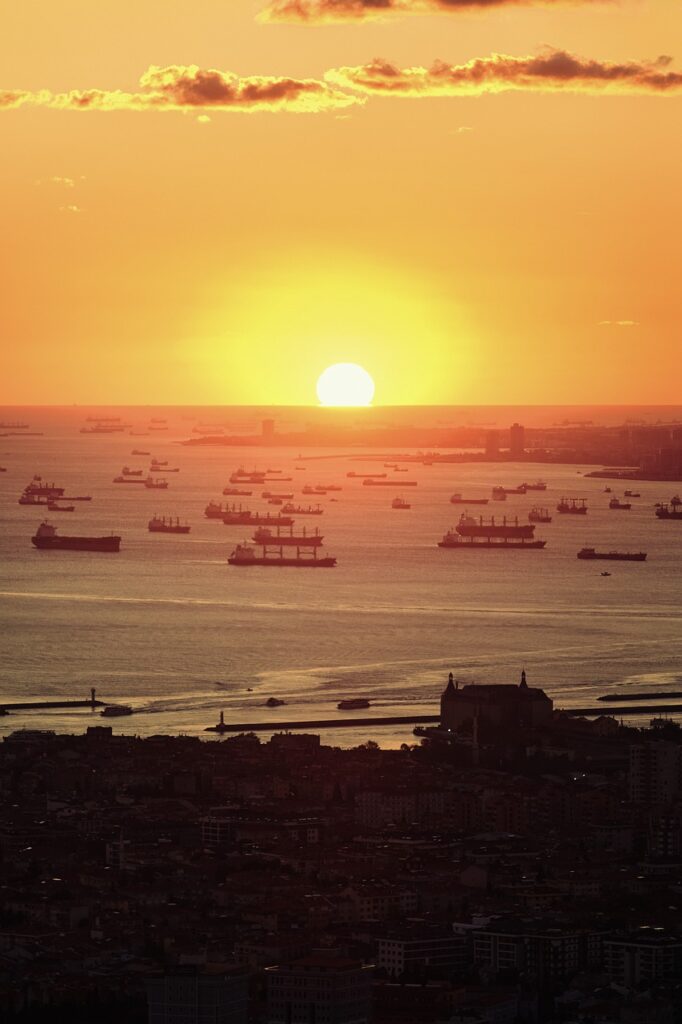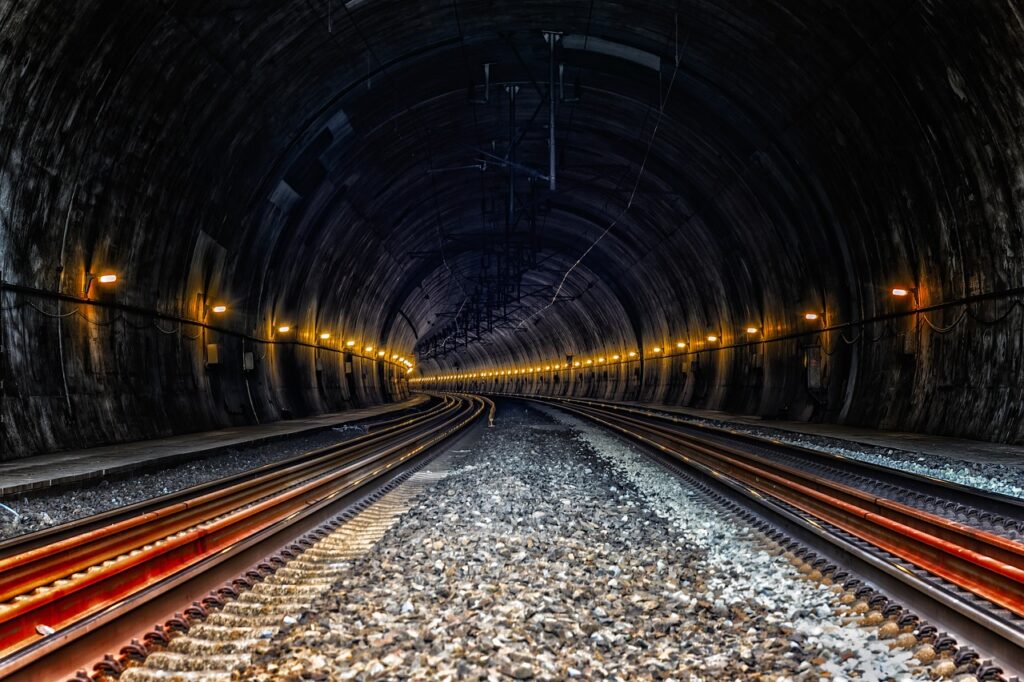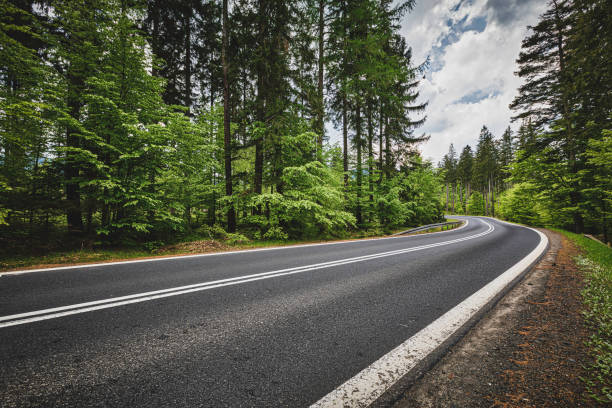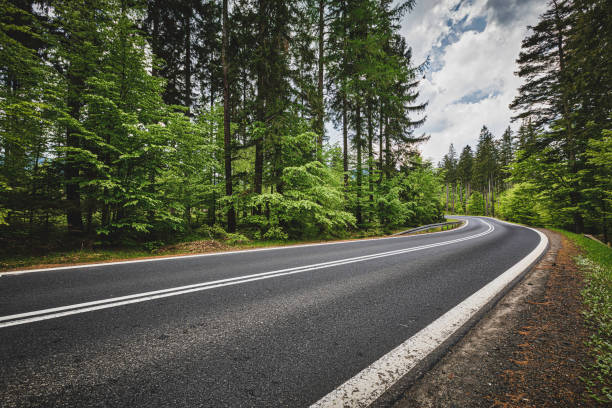Manipur State Kala Akademi distributes award to performing artists
By James Khangenbam Imphal 15 March 2023
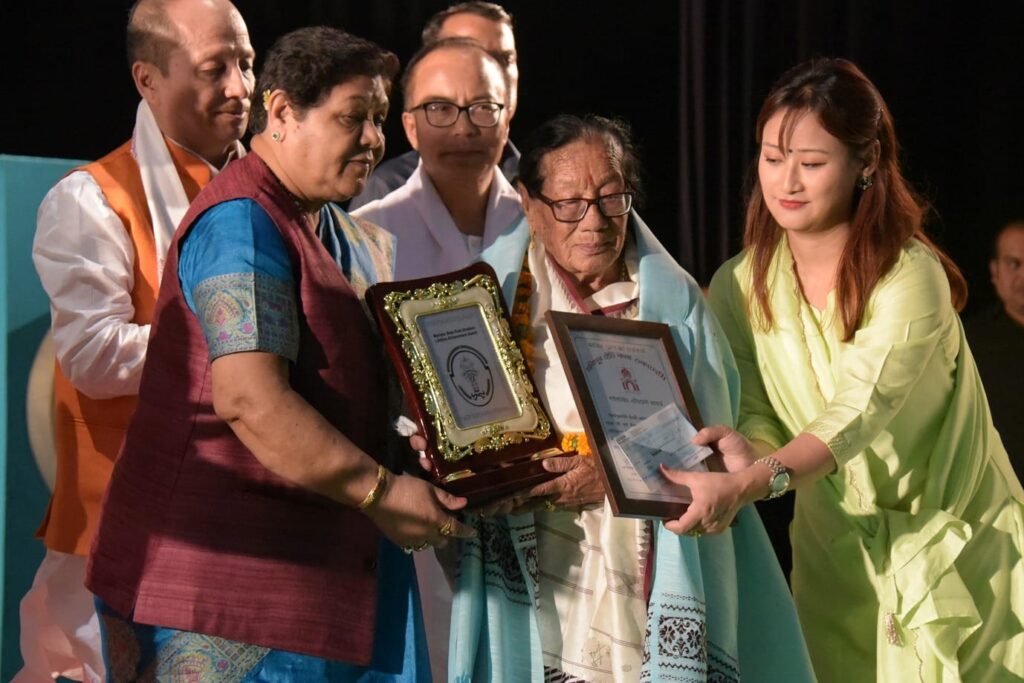
Manipur Governor Anusuiya Uikey has assured of providing every possible help in developing and promoting the rich culture of Manipur. The Governor was speaking at the presentation ceremony of Manipur State Kala Akademi Awards, 2021, organised by Manipur State Kala Akademi at Maharaj Ghandrakirti auditorium, Palace Compound here on Monday, 13th march, 2023.
While urging one and all to contribute their mite in promoting the beautiful and world famous Manipuri culture, the Governor said that she will inform the President and the Prime Minister about the beautiful culture of the state. Anusuiya Uikey further said that the efforts of Manipur State Kala Akademi (MSKA) will certainly preserve and promote the rare and unique cultural heritage of Manipur.
Since its inception, MSKA has been making efforts on sustained basis for promotion, preservation and propagation of rich cultural traditions such as music, dance, theatre, literature and fine arts within and outside the state. The Akademi organised festivals, workshops, seminars, symposia and cultural exchange programmes.
Governor presented MSKA Lifetime Achievement Award 2021 to Kshetrimayum Randhoni Devi, a noted theatre personality of Manipur.
The award carries a shawl, citation, memento and a cheque of Rs 3 lakh. She also presented MSKA Fellow-2021 to Chabungbam Kondum Singh and Sougaijam Thanil Singh. The Governor also presented MSKA Award to Professor K Sunita (Dance), A Nandita (Dance), A Apabi (Dance)’, Th Sudhir (Music), Y Suren (Music), N Jawaharlal Singh (Music), S Keshoram (Theatre), L Iboyaima Khuman (Shumang Leela), G Latsana (Traditional theatre), Thaba (Thang-ta), Birbabu (Narrative arts) O Iboyaima (narrative arts), Amuba Kamei (Tribal culture), AS Ruwung (Tribal culture), Ch Khomei (Literature), Dr Th Ibohanbi (Literature), S Indrakumar (Literature) M Maningou Singh (Fine Arts) and N Goutam Singh (Fine Arts).
Six young artistes namely Dr Urmika Maibam (Dance), Mangka Mayanglambam (Music), K Sangita Devi (Shumang Leela), M Herojit Singh (Thang-ta), L Phullochand Singh (Arangpham) and Thongin Haokip (Tribal culture) were also awarded MSKA Young Talent Awards on the occasion.
In his address, education minister Th Basantakumar Singh said that our identity is represented by our rich culture. Our cultural heritage is being reflected by classical Manipuri dance, traditional folk art forms and dances of different tribal groups.He also urged all to contribute for the promotion of rich cultural heritage of the state.
After the award ceremony award winning artists performed their art form before the audience. The award ceremony is the biggest award for performing arts in the State.
